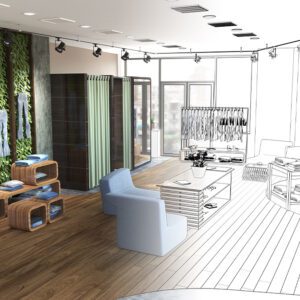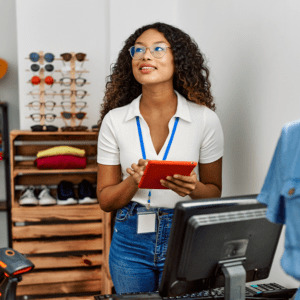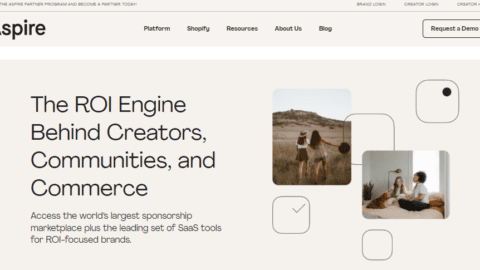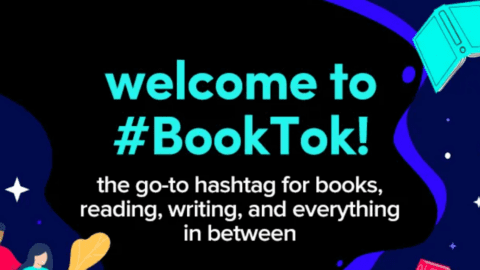The 2022 back-to-school season will likely avoid being negatively impacted by the weight of inflation, according to data from the National Retail Federation (NRF) presented at its 2022 Back-to-School Trends webinar. Changing demographics and the lingering impact of COVID-19 will have a bigger effect, but the overall results are expected to be on par with what retailers saw in 2021 — about $37 billion in back-to-school (BTS) and $73.9 billion in back-to-college (BTC) spending.
The average family with children in elementary through high school is expected to spend $864 throughout the season, about $15 more per family than in 2021. However, there are somewhat fewer children in this category, which means total spend will be slightly below the $37.1 billion record set in 2021.
These children aren’t leaving the BTS ecosystem entirely — they’ve simply graduated and are heading to college. The average family is expected to spend $1,200 on BTC purchases, on par with 2021 levels, but total spending will be significantly above the $71 billion recorded last year due to the influx of new students.
While these changes are small overall, the record-setting 2021 totals mean that BTS and BTC spending are healthy even with minimal year-over-year growth.
Advertisement
“When we think not just about last year but compare this to 2019 — before the pandemic — we see this really stark increase in spending,” said Katherine Cullen, Senior Director of Industry and Consumer Insights at NRF during the webinar. “To put it in context, we see BTS shoppers spending about $168 more on average than they did before the pandemic and total spending up by over $10 billion. For BTC, they’re spending over $200 more on average more and total spending is up by nearly $20 billion.”
Electronics Have Developed Post-Pandemic ‘Stickiness’
A major reason for the jump in post-pandemic spending is electronics. The trend started when remote learning caused shoppers to stock up on items necessary for the at-home learning experience, and 50% of BTS spending and 25% of BTC spending since 2019 has been driven by electronics used in virtual and hybrid environments.
Parents want to remain flexible, and that has helped this category maintain the gains it posted during the pandemic. However, the specific items being sought have changed over time — certain items are less frequent purchases than others.
“I would note though that there are some differences in the types of electronics people are buying this year compared to last year,” said Cullen. “We’re seeing similar rates of purchasers for things like laptops, calculators and mobile devices, but we’re seeing a little more softness in things like electronics accessories, computer mice, speakers and printers — things that people may have really stocked up on during the pandemic.”
Back-to-School Isn’t Recession-Proof, but it Remains Essential
BTS items aren’t immune to the pressure of inflation — 68% of BTS and BTC shoppers say they’re seeing higher prices on items they need for the season, most notably in apparel, where 80% of shoppers reported a difference. However, 38% of these shoppers say that they’re cutting back in other areas in order to cover the cost of the items they’ll need for the start of classes, rather than the spend total on their BTS needs.
This doesn’t mean that shoppers aren’t changing their habits, just that total spending isn’t being negatively impacted by the effects of inflation. Rising prices are causing changes in how people shop, including 38% cutting back on spending in other areas with 47% of respondents making less than $50,000 annually and 34% of those making more than $50,000 doing so. Another 17% are using buy now, pay later options to manage BTS purchases.
Specific changes to shopping habits include:
- Doing more comparative shopping online (43% for BTS, 37% for BTC);
- Shopping for sales more often (42% for BTS, 37% for BTC);
- Buying more private label products (35% for BTC, 32% for BTC); and
- Making do with last year’s school items (24% for BTC, 21% for BTC).
“[We are seeing] an increase in the percent of people who are making do with last year’s items,” said Cullen. “But compared to some of the other steps consumers are taking it really does tend to lag. It speaks to that fact that back to school is viewed more as an essential category, and one where people do need to replace and replenish.”



